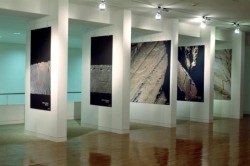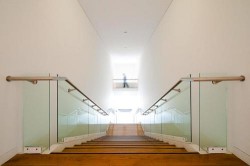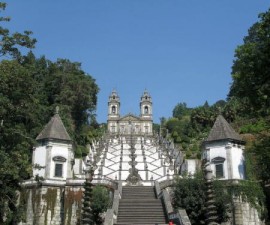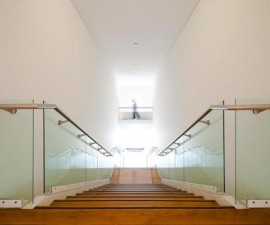The Museum of Archaeology is one of the most interesting and important destinations for visitors to Braga, in Portugal. Known as the D. Diogo de Sousa Museum, it is named after the former archbishop of Braga of the same name, who dedicated himself to remodelling and renovating the city as far back as the early 16th century.
Located within easy reach of the centre of Portugal’s oldest city, it was created in 1918 with the aim of preserving the important local historical and architectural remains for which the city is rightly famous. The project brought together important collections that until this point had been privately owned and held by the local landed gentry and other private individuals and organisations.
Nowadays, it also serves as a major institute for education and research, but remains a popular visitor centre for anyone fortunate enough to spend a day or more in the attractive city of Braga.
The permanent exhibition area is divided into four main areas, each showcasing important archaeological works from different historical periods that together serve as an important reminder of Portugal’s long and distinguished history. The first room houses a collection of pieces from the Palaeolithic to the Bronze Age.
The other three rooms showcase the area’s evolution and the important influence that the Romans had on Braga (known in Roman times as Bracara Augusta). The first of these demonstrates how Bracara Augusta was integrated into the Roman Empire, from its first contact around 138-136BC, and the effects that commerce and technology had on local culture and economy.
The second of these three rooms focuses on the development of the area during Roman rule. It showcases the local architecture and provides an interesting insight into the urban layout of the city and how its public and domestic spaces were organised.
The last of the three rooms focuses on the later Roman years, religious aspects, and also showcase some of the marvellous local ceramic work that imitated almost to perfection that which was imported from the home of the Empire.
Perhaps the highlight of a trip to Braga’s Museum of Archaeology is the beautifully preserved mosaic floor. The floor was discovered during an archaeological exploration project in late 1990 and it took some months to uncover its full extent. The floor was undoubtedly from a Roman house and probably dates from the first century. It depicts a number of scenes, including a colourful collection of houses and a decorative design of hourglasses in small granite and limestone squares.
To find a mosaic of this quality and in such a good state of repair is rare in many locations, and particularly here due to the sourness of the soil, which often leads to rapid degeneration. The floor has now been integrated into the crypt space of the museum for the interest and pleasure of many more generations of visitors to Braga, Portugal.
The museum is situated on the Rua dos Bombeiros Voluntarios and is open daily. Call +351 253 273 706 for more information about opening times and special events and exhibitions.





